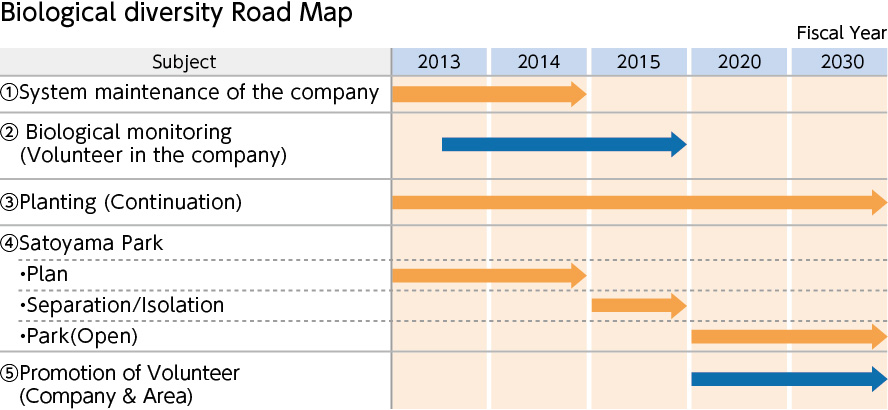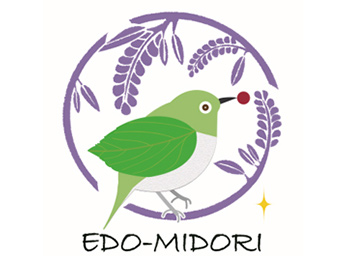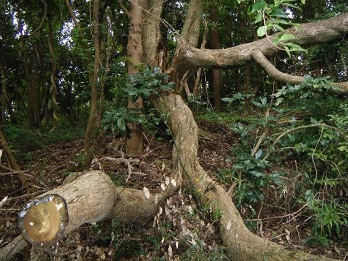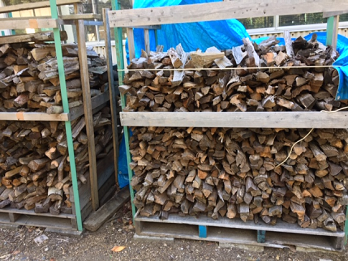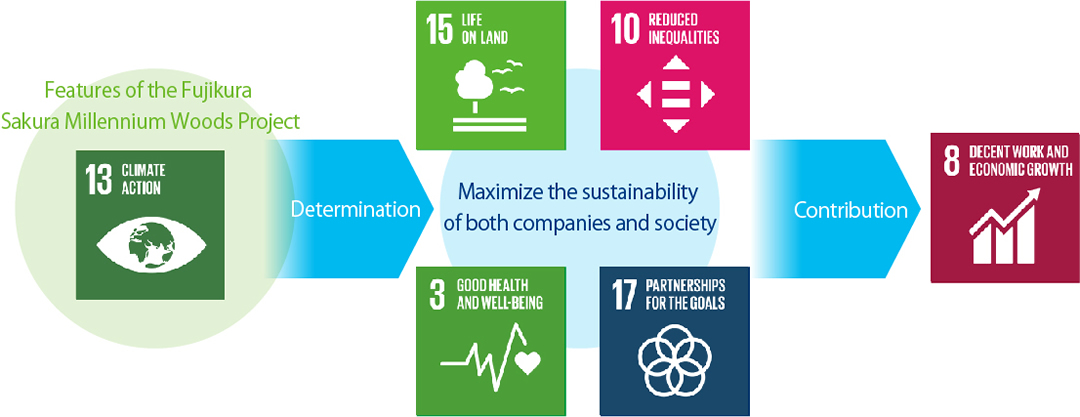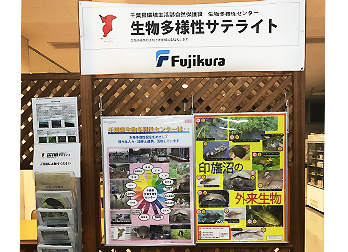Biodiversity
Awareness as a Company that Uses Natural Capital
The Fujikura Group aims to become a corporate group that is friendly to both people and the global environment. Our goal is to dedicate our efforts toward protecting the environment, deeply aware of the close relationship between our business activities and the natural environment. All living things are mutually supported directly and indirectly by one another. Our live and lives are made possible by the many bounties created by biodiversity.
Use of Natural Resources
- Energy resources: oil, natural gas, coal, etc.
- Mineral resources: cupper, aluminium, iron, tin, etc.
- Renewal resources: water, wood, etc.
Impacts on Biodiversity
- Air pollution:
- Exhaust gas's impacts on ecosystem in the neighborhood
- Biological effects by chemical materials emitted to the air in the neighborhood - Water contamination:
- Exhaust gas's impacts on ecosystem in lower reaches
- Biological effects by thermal discharge in lower reaches
- Impacts on ecosystem by eutrophication - Climate change:
- Impacts on ecosystem by climate change
- Acceleration of reduction of the number of living species - Habitat loss:
- Use of lands by constructing plants - Reduction of the number of living species:
- Reduction of living species by climate change - Move of living species:
- Reduction of living species by climate change
Activities to Prevent Even Greater Impacts on Biodiversity
The Fujikura Group manages environmental aspects (factors) concerning business activities and carries out activities to curb increased impacts on biodiversity.
- (1)We prevent worsening air pollution and water pollution by complying with environment related laws and regulations.
- (2)We are actively working to address climate change issues, having set a reduction target for CO2 emissions. Specifically, we are introducing renewable energy (all electricity supplied to our headquarters district and the Fukui Plant of our Group company Fujikura Dia Cable), installing solar panels, and promotion of energy saving (planned switching to LED lighting and power-saving equipment, etc.)
- (3)We are working toward the target of zero waste emissions (zero waste bound for landfills). This will stop the increase of industrial waste sent to landfills and prevent the loss of habitat.
The Fujikura Group's Guidelines on Biodiversity Conservation
We established the Fujikura Group’s Guidelines on Biodiversity Conservation and the Fujikura Group’s Roadmap 2030: A Long-Term Vision for Biodiversity. We are now working to elevate the awareness of each and every employee in the conservation of biodiversity.
Implementation of the Fujikura Group's Roadmap 2030: A Long-Term Vision for Biodiversity
We constructed the Fujikura-Kiba Millennium Woods bio-garden in November of 2010, as part of the redevelopment of the headquarters district located in Koto Ward, Tokyo. The forest is Fujikura's current flagship biodiversity project.
In 2013, we created a roadmap up to 2030 and proposed the establishment of a satoyama park as a way to utilize green spaces owned by each of the Fujikura Group’s business sites, in order to spread biodiversity conservation initiatives across the entire Group.
|
|
Certified as Excellent Green Space under the Edo Green Space Registration Program
|
The Fujikura-Kiba Millennium Woods bio-garden has been recognized as an excellent green space under the Edo-Midori green area registration, a newly established program by the Tokyo Metropolitan Government. |
|
Initiatives at Sakura Works
Sakura Millennium Woods Project
In this project, a vegetation survey was conducted by a specialist biodiversity consultant, and a zoning plan for the Millennium Woods was created. Based on this, we have promoted the greening of green lands, such as protecting rare plants, cutting down dense trees, planting native species, and improving walking paths. Through these activities, a green area of about 32,000 m2 was created as the “Sakura Millennium Woods”. The woods is also being used for employee training, promoting the health of employees, and improving the community with neighbors, such as “Searching for woods and potato digging events” for employee families.
In 2019, we were damaged by Typhoon No. 15. Many trees fell down and the promenade was broken. After that, the activity was suspended due to the COVID-19, but the activity has begun to resume, such as turning fallen trees into wood chips and firewood.
|
Fallen tree due to typhoon No. 15 in 2019 |
Firewood made from fallen trees |
|
|
Participation in the Chiba Network of Companies for Biodiversity Conservation
|
Sakura Works participates in the Chiba network of companies for biodiversity conservation as part of the Fujikura Group’s biodiversity conservation efforts. The network is formed by 15 companies along with 7 supporting groups in Chiba Prefecture, who participate in activities at a center sponsored by Chiba Prefecture. Fujikura reports its activities on biodiversity, opened a biodiversity satellite at its cafeteria, and participates in study sessions. |
|
